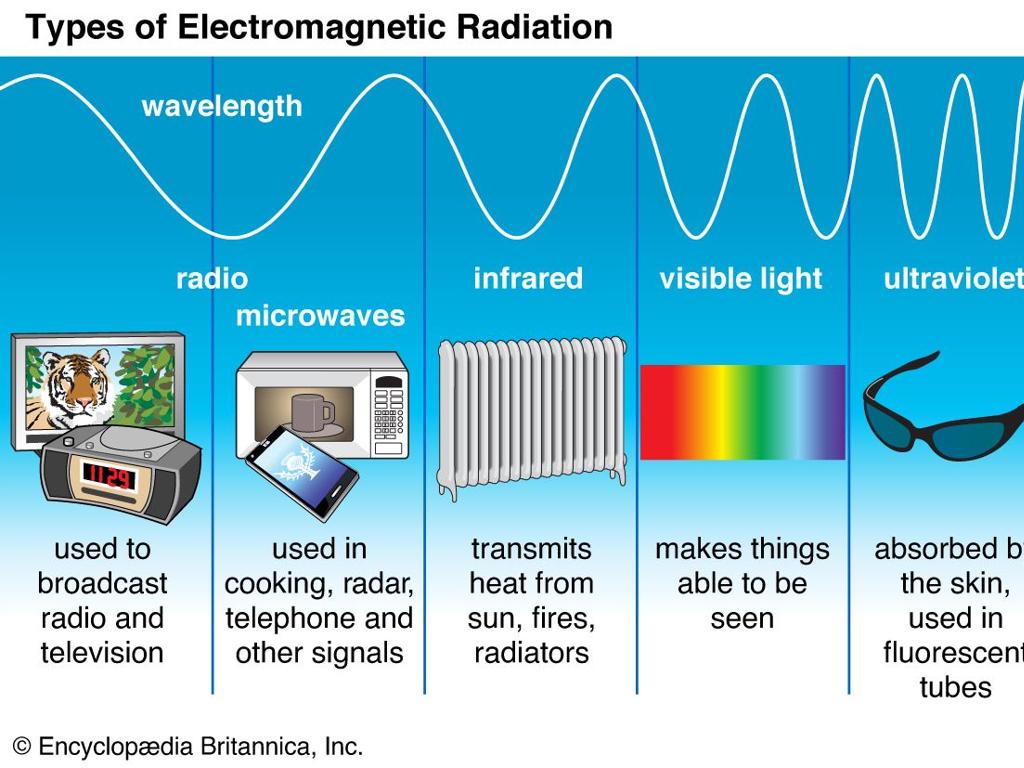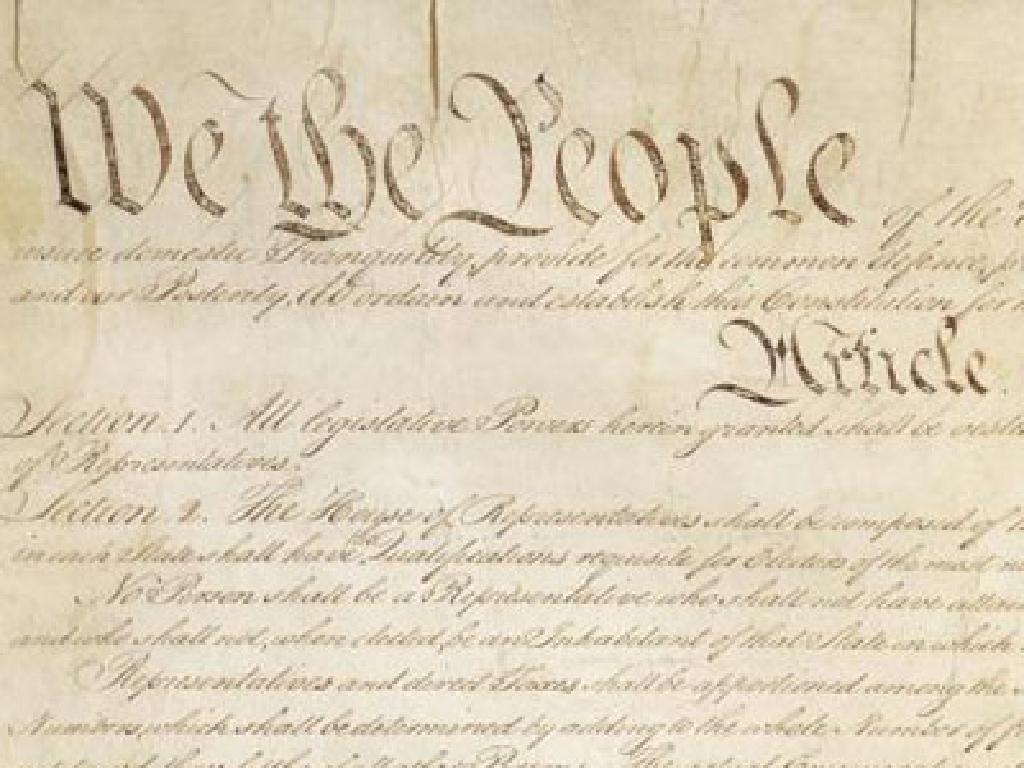Describe Transformations
Subject: Math
Grade: Eighth grade
Topic: Transformations And Congruence
Please LOG IN to download the presentation. Access is available to registered users only.
View More Content
Welcome to Transformations!
– Exploring transformations in math
– Defining transformations
– Movements of figures on a plane: translate, rotate, reflect, dilate
– Significance of transformations
– Transformations help us understand geometry, physics, and more
– Types of transformations
– Translation, Rotation, Reflection, Dilation: key concepts
|
This slide introduces the concept of transformations in mathematics, which is a fundamental topic in geometry. Transformations refer to the movement of figures on a plane and include translation (sliding), rotation (turning), reflection (flipping), and dilation (resizing). Understanding transformations is crucial as they apply to various fields such as physics, engineering, and computer graphics. They also help in understanding the properties of shapes and their congruence or similarity. In this lesson, students will learn to identify and describe the four main types of transformations. Encourage students to visualize these movements with real-life examples, such as sliding a book across a table for translation or flipping a coin for reflection.
Types of Transformations in Math
– Translation: Slide a shape
– Moving a shape without rotating or flipping it, like sliding a book across a desk.
– Rotation: Turn a shape around a point
– Spinning a shape around a fixed point, like a basketball on a finger.
– Reflection: Flip a shape over a line
– Mirroring a shape across a line, like a butterfly’s wings.
– Dilation: Resize a shape proportionally
– Enlarging or shrinking a shape, like zooming in or out on a camera.
|
This slide introduces students to the four main types of geometric transformations. Translation involves moving a shape in a straight line without changing its orientation. Rotation is turning a shape around a fixed point without changing its size. Reflection is flipping a shape over a line to produce a mirror image. Dilation involves resizing a shape while keeping its proportions. Use real-life examples to help students visualize these concepts: Translation can be seen when sliding objects, rotation when turning keys, reflection in mirrors, and dilation when adjusting the size of an image on a screen. Encourage students to identify these transformations in their surroundings to better understand their practical applications.
Understanding Translation in Transformations
– Define translation in geometry
– Translation shifts a shape in a straight line path.
– Translation: moving without altering
– The shape stays the same size and orientation.
– Example: sliding a book on a desk
– Visualize pushing a book straight to another spot without turning it.
|
Translation is a type of transformation in geometry where a figure is moved from one place to another without being rotated, resized, or otherwise altered. The figure is simply slid in any direction. A real-world example to help students visualize this concept is sliding a book across a desk, where the book’s orientation and size remain the same, but its position changes. Emphasize that the shape does not turn or flip; it’s a straight-line shift. During the lesson, encourage students to think of other everyday examples of translation and consider having them demonstrate translation with physical objects in the classroom.
Understanding Rotation in Transformations
– Define rotation in geometry
– A rotation moves a figure about a fixed point called the center of rotation.
– Rotation: Turning shape around a point
– Imagine spinning a figure around a point without changing its size or shape.
– Example: Clock hands movement
– Clock hands rotate around the clock center, illustrating rotation in a familiar context.
– Explore rotation effects on shapes
|
This slide introduces the concept of rotation as a type of transformation in geometry. Rotation involves turning a shape around a specific point, known as the center of rotation, without altering its size or shape. Use the example of the hands of a clock to demonstrate rotation in a way that is easily relatable and understandable for eighth-grade students. Encourage students to visualize other examples of rotation in everyday life and discuss the properties of shapes that remain unchanged after rotation. In class, consider using interactive tools or physical models to show how shapes can be rotated and to explore the effects of rotation on the congruency and orientation of shapes.
Understanding Reflection in Transformations
– Define reflection in geometry
– A transformation creating a mirror image across a line
– Reflection: flipping over a line
– Imagine flipping a shape over a line to see its reflection
– Example: Mirror image analogy
– Like looking in a mirror, where left becomes right and vice versa
– Reflection properties and effects
– Reflection changes the orientation but not the size or shape
|
Reflection is a type of transformation in geometry where a figure is flipped across a line, creating a mirror image. This concept can be visualized by thinking of how an image looks in a mirror, where the left side appears on the right and the right appears on the left. It’s important to note that while the orientation of the figure changes, the size and shape remain the same. When teaching this concept, use visual aids to demonstrate reflection over various lines, such as the x-axis, y-axis, or other lines. Encourage students to draw their own reflections and identify lines of symmetry. Discuss how the coordinates of the original shape and its reflection relate to each other.
Understanding Dilation in Transformations
– Define Dilation in geometry
– Dilation is a transformation that alters a shape’s size but not its shape.
– Dilation: Resizing shapes
– Shapes can become larger or smaller, but angles remain unchanged.
– Real-world example: Zooming
– Like using a camera to zoom in/out on a photo, objects appear closer or further.
– Maintaining proportions
|
Dilation is a type of transformation that changes the size of a shape, while preserving its proportions and the angles between points. It’s like zooming in or out on a camera; the picture gets bigger or smaller, but the objects in the picture keep their same shape. When teaching dilation, emphasize that all points in the shape move away from or towards a fixed point, known as the center of dilation, and this movement is proportional. Provide students with grid paper and have them practice dilating simple shapes, such as triangles and rectangles, to help them visualize the concept. Discuss how dilation is used in various real-life applications, such as in graphic design and map-making.
Congruence and Transformations
– Define congruence in geometry
– Congruence means two shapes are identical in shape and size
– Effects of transformations on congruence
– Transformations like rotation, reflection, or translation do not alter congruence
– Recognizing congruent shapes post-transformation
– Use position, orientation to identify congruency
– Congruence in transformed figures
– Even after transformations, congruent shapes remain exactly the same in size and shape
|
This slide introduces the concept of congruence within the context of geometric transformations. Congruence refers to two figures being exactly equal in shape and size. It’s crucial to convey that transformations such as rotations, reflections, and translations do not change the size or shape of a figure, thus preserving congruence. Students should learn to identify congruent shapes after they have been transformed by considering their position and orientation. Emphasize that congruent figures remain congruent regardless of the transformations applied to them. Provide examples of congruent shapes and ask students to apply transformations to see that congruence is maintained. This will help solidify their understanding of the concept.
Coordinate Plane and Transformations
– Plot points on a coordinate plane
– Locate points using (x, y) coordinates
– Describe transformations with coordinates
– Use coordinates to detail shifts, rotations, reflections
– Practice: Transform a triangle
– Apply knowledge to move a triangle’s vertices
– Understand transformation types
|
This slide introduces students to the concept of the coordinate plane and how it is used to describe transformations in geometry. Start by explaining how to plot points using (x, y) coordinates. Then, discuss how transformations such as translations, rotations, and reflections can be described using coordinate notation. For the practice problem, provide a triangle on the coordinate plane and ask students to apply a transformation to it, such as translating it 3 units up or rotating it 90 degrees clockwise. This will help them visualize how shapes move on the plane. Ensure to cover the different types of transformations and how they affect the coordinates of shapes.
Class Activity: Transformation Exploration
– Group activity setup
– Each group gets a unique shape
– Create a series of transformations
– Translate, rotate, reflect, or dilate the shape
– Present transformations to class
– Explain the transformation process
|
This slide introduces a hands-on group activity where students will explore geometric transformations by working with physical shapes or drawings. Divide the class into small groups and provide each group with a different shape. The task for each group is to apply various transformations to their shape, such as translations (slides), rotations (turns), reflections (flips), and dilations (resizing). After completing their transformations, each group will present their results to the class, explaining the types of transformations they used and how they changed the original shape. This activity will help students understand the concepts of transformations in a collaborative and interactive way. Possible shapes include triangles, squares, rectangles, and circles. Encourage creativity and ensure that each group understands the transformation rules.
Wrapping Up: Transformations
– Recap of transformation types
– Homework: Transformation worksheet
– Identify and perform transformations on the worksheet.
– Upcoming quiz preparation
– Study for a quiz on reflections, rotations, translations, and dilations.
– Review key concepts at home
– Revisit today’s lesson and practice with examples.
|
As we conclude today’s lesson on transformations, remind students of the four main types: reflections, rotations, translations, and dilations. For homework, they should complete the provided worksheet, which will reinforce their ability to identify and perform each type of transformation. Encourage students to prepare for the upcoming quiz by reviewing their notes and practicing additional problems. Emphasize the importance of understanding the properties of each transformation and how they affect figures on the coordinate plane. Offer some tips for studying, such as creating flashcards for each transformation type and practicing with grid paper to visualize the movements.






